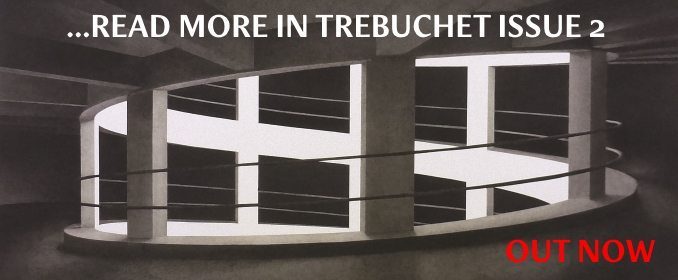[dropcap style=”font-size:100px; color:#992211;”]I[/dropcap]n Kant’s Inaugural Dissertation (1770) he stated, “Space is not something objective and real, nor a substance, nor an accident, nor a relation.”
To a physicist, space is an arena in which things exist. It is where things, physical things, like the birth of a star in a galaxy on the other side of the universe or the production of a Higgs boson from the collision of two protons in a tunnel in Geneva takes place. YOU were born in space. You were even conceived there. You and all of the other particles of which all of matter is composed.
Space is not just an abstract concept. It exists. It evolves, changes. It IS evolving, changing. With telescopes we have observed, for more than 90 years now, that the galaxies are getting farther apart from one another. The space between them is actually expanding. The farther they are from us, the faster this separation, this expansion of space, is. Moreover, not only is space expanding as time goes on, the rate of its expansion is actually increasing as time goes on.
Space (and time, for that matter) is physical. It responds to all objects in ways which were first postulated by Albert Einstein. He derived a set of equations for gravity which say that space and time will curve in response to the objects within them. According to Einstein, every time you move, you will generate a ripple in space and time that propagates out, very much like the waves created if you drop a stone into a pool of water. But here, these gravitational waves are ripples in space itself.
The ripples that you yourself produce in space, in everyday acts such as dancing with someone, are so miniscule that it would be inconceivable that they could ever be measured. However, if you and your partner were black holes twenty or thirty times heavier than the sun, twisting around one another a billion light years away, then such a cosmic groove can produce ripples that have a real measurable effect here on Earth.
This was first observed only recently by the Laser Interferometry Gravitational Observatory collaboration (LIGO) in what is the world’s most precise measurement. Ever. They perceived a change in length smaller than a proton in an instrument whose size is a few kilometres long! Prior to this, all of our observations of the cosmos were done with light waves. We now have a new way to look out into the universe, by observing gravitational waves. It’s almost like having a completely new set of eyes, which operate with completely different technology.
Spaces have dimensions and apparently there are three dimensions to ours.

Also available through selected WH Smith Newsagents in the UK and Ireland or online directly through Trebuchet Magazine




















